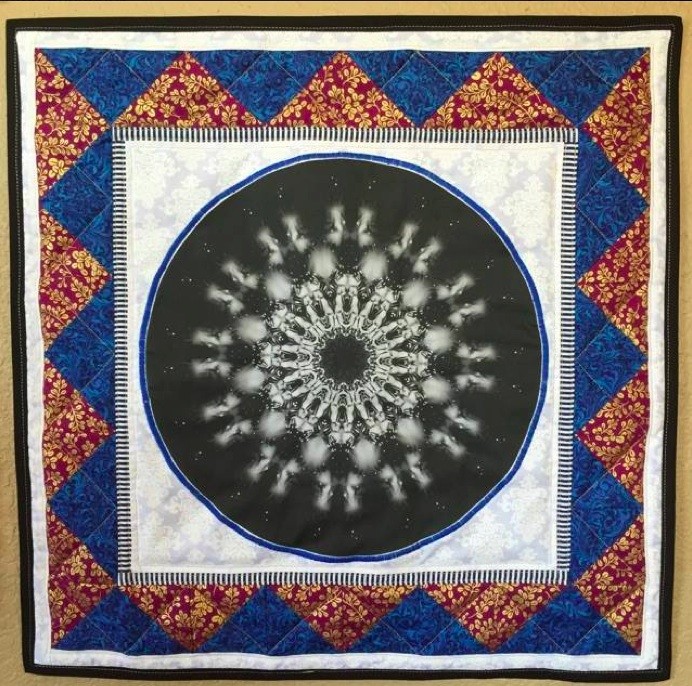In the world of capitalism and entrepreneurism, it is common to get a name or idea trademarked so it is protected under copyright and makes it difficult for anyone to profit off or steal the term or idea. However, in certain organized communities, there are specific terms that are used across the board about a specific product – for example, Fire Cider, that cannot be trademarked and should be available to all.
Recently, Kathi Langelier of Herbal Revolution (ME) Mary Blue of Farmacy Herbs (RI) and Nicole Telkes of Wildflower School of Botanical Medicine (TX) won a 9-day trial in court for their case of making Fire Cider a generic term in Herbalism. What this means is that corporations or other for-profit organizations cannot trademark Fire Cider. In Herbalism, certain terms and names often come from tradition and if trademarked the meaning and tradition can be lost.
Why is this significant to our cooperative community?
Two years ago, the co-op discontinued Fire Cider made by Shire City Herbals because of the legal action they had taken against community herbalists for using a traditional remedy and term. This decision was not made lightly. In a statement regarding this issue, back in June of 2015, we did our best to remain neutral, urging Shire City Herbals and all parties involved to find a peaceful and equitable resolution to the conflicts over the trademark issue. The fact remains that the term “fire cider” was not created by Shire City Herbals and had been in use by herbalists all over the country long before they started making their product. Shire City Herbals did not invent this formula. Decades ago, the basic recipe was published with that name, in a book by Rosemary Gladstar.

The Recipe and Tradition
Fire Cider is a blend of herbs mixed with apple cider vinegar and honey used for its health-enhancing properties. This formula and name were coined by herbalist Rosemary Gladstar in the 1970s. It has been reproduced, adapted, used and sold by thousands of herbalists over the past forty years. Traditional fire cider is apple cider vinegar infused with warming herbs like horseradish, garlic, onion, ginger, and hot peppers, among other things.
From Rosemary,
I would say that fire cider does have a long history. It goes back to how people were using apple cider vinegar and we had some very famous formulas, one of which was apple cider vinegar and honey, and another being apple cider vinegar and cayenne pepper.
I would almost go as far as to say that all herbal remedies and formulas are handed down and passed down through many generations. The information comes from ancient plant wisdom that doesn’t belong to us, but it’s ours to use and to share. So this particular recipe is based on ancient history.
It was just this particular configuration of herbs that made it unique back in the 1970s. The reason it became famous is that it’s very user-friendly and easy to make. Plus, it costs next to nothing to make a batch, especially if you grow those herbs and make your own cider vinegar.
This one recipe became very famous because it also became the poster child for the issue of trademarking traditional herbal formulas that have existed for decades and even for centuries. It became a very political issue and there’s been a huge amount on social media and in newspapers all around the country about what’s happening with traditional, herbal remedies in this regard.
Kathi Langelier of Herbal Revolution, (ME) Mary Blue of Farmacy Herbs (RI) and Nicole Telkes of Wildflower School of Botanical Medicine, (TX)’s recent win in court is a huge precedent-setting case because it will prevent future corporations and for-profit organizations from trademarking a tradition or term.
Ingredients
- 1/2 cup ginger, fresh (grated)
- 1/2 cup horseradish (fresh, grated)
- 1 onion (chopped)
- 10 cloves garlic (crushed or chopped)
- 2 pepper, jalapeño (chopped)
- 1 lemon (zest of)
- 2 tablespoons rosemary, dried (or several sprigs of fresh rosemary)
- 1 tablespoon turmeric, ground
- apple cider vinegar
- 1/4 cup honey (plus more to taste)
Instructions
Put ginger, horseradish, onion, garlic, peppers, lemon zest, lemon juice, rosemary and turmeric in a quart canning jar. Cover with apple cider vinegar by about two inches. Use a piece of natural parchment paper or wax paper under the lid to keep the vinegar from touching the metal. Shake well. Store in a dark, cool place for one month and shake daily.
After one month, use cheesecloth to strain out the pulp, pouring the vinegar into a clean jar. Be sure to squeeze as much of the liquid goodness as you can from the pulp while straining. Add ¼ cup of honey and stir until incorporated. Taste your cider and add another ¼ cup until you reach desired sweetness. Fire cider should taste hot, spicy and sweet. It is great as a winter time tonic and as a remedy for colds and coughs. Often people use it as salad dressing, on rice, or with steamed vegetables.



 Seaweed has also been beneficial as a natural seaweed supplement for dogs, cats, birds, fish, horses and other farm animals.
Seaweed has also been beneficial as a natural seaweed supplement for dogs, cats, birds, fish, horses and other farm animals.





































